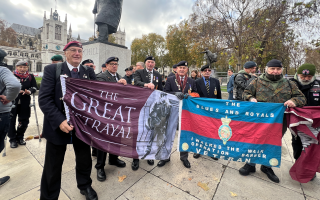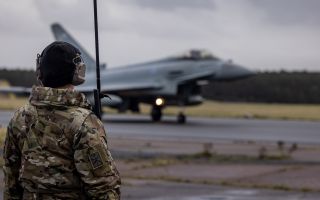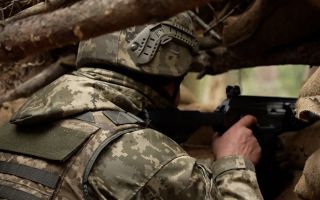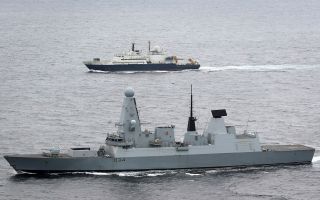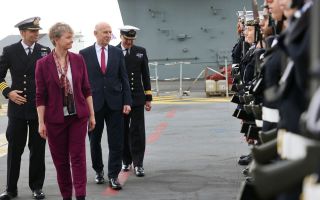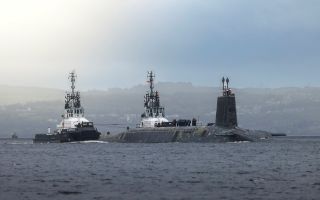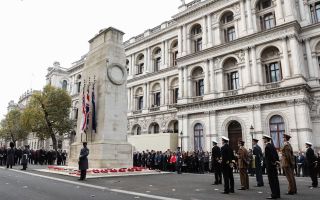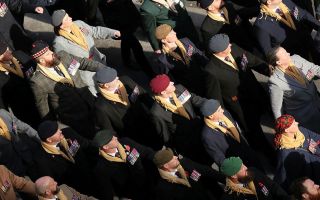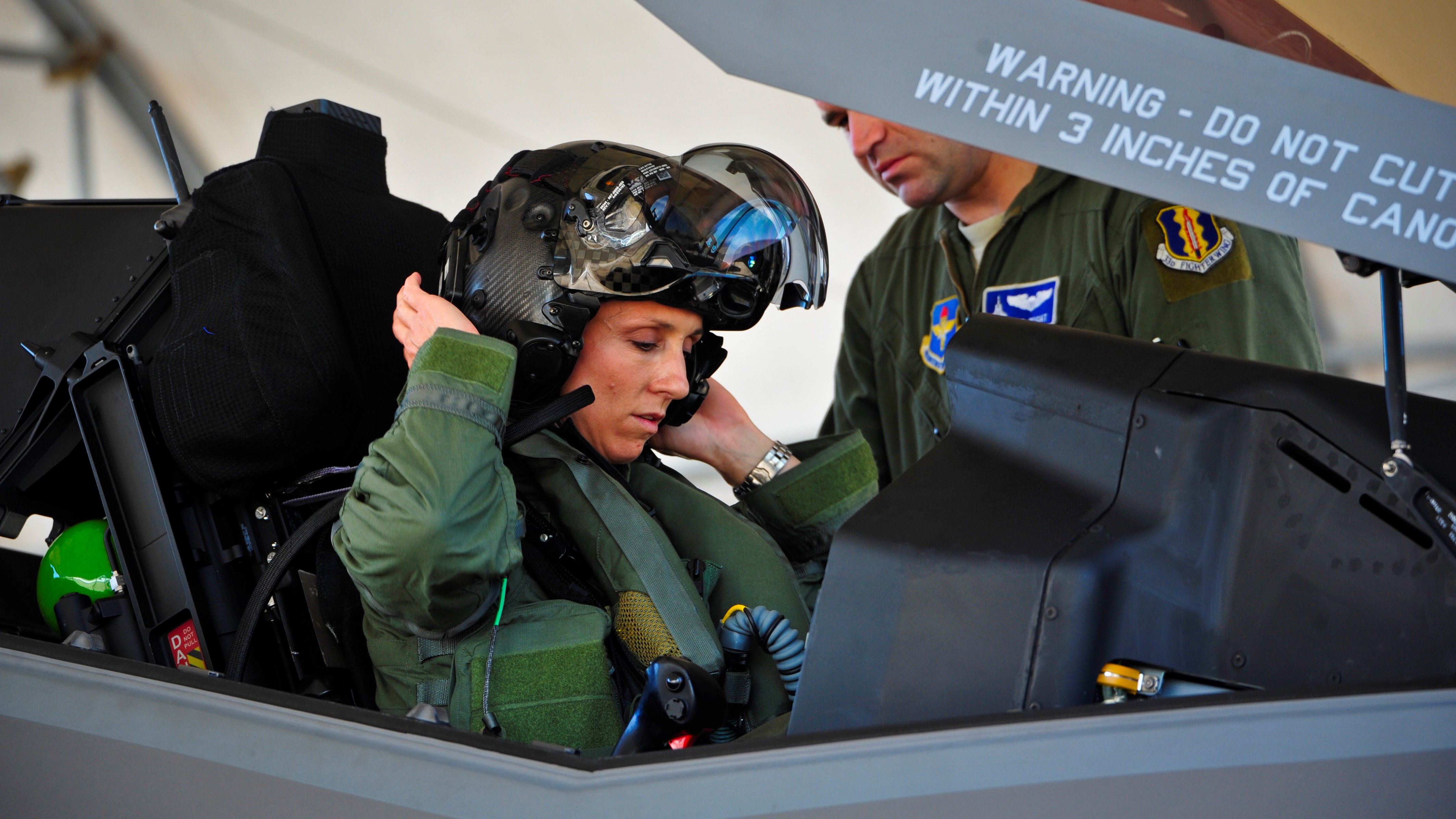
Testing new tech to make it easier for female pilots to wee while in the air

The US Air Force is testing a new system that is designed to make it much easier for female pilots to have a wee while in the air.
With increasing numbers of women joining the US Air Force (USAF) as pilots, the long-standing problem of finding a way for female pilots to find a simple way to go to the toilet during long flights is being addressed.
Airion Health, a company that, according to its website, was founded to solve complex problems for the US armed forces and the private sector, is taking on the task of in-flight bladder relief for women pilots.
Previous bladder relief systems have been designed to be used by male pilots.
The current options for female pilots are holding it, wearing incontinence pants, or using a plastic bag with a sponge inside of it, and an integrated seal.
Each of these methods comes with its own complications. Holding your urine can cause infections and weaken bladder muscles.
The bag systems aircrews currently use require them to unstrap themselves from the seats and gear, and this process can take more than 45 minutes and there is a higher risk of forgetting to resecure properly, which could be fatal in the event of an emergency.
Some pilots practice what is known as tactical dehydration, where they stop drinking water prior to a flight.
The method is dangerous, especially while operating a fighter jet, as dehydration can lower a pilot's ability to withstand high G-forces by 50%, increase the chance of headaches and reduce the body's endurance.
"In the summer of 2020, the Air Force put out a challenge to design bladder relief systems for female pilots," said Cam Chidiac, Airion Health managing member.
"We were one of 11 companies to win. Then, in 2022, we were one of two companies to win prototyping contracts," he added.
The 46th Test Squadron and 28th Test and Evaluation Squadron at Eglin Air Force Base in Florida have been tasked with developmental test support of the in-flight bladder relief system, called Airus.
Seymour Johnson Air Force Base in North Carolina is the first to conduct ground testing, with four other USAF bases also taking part in trials.
The results and feedback from the six locations will be used to further refine and improve the system.
Once the ground evaluations are completed, flight tests will be scheduled to ensure the effectiveness and safety of the system in real-life flying scenarios.
"We brought in a lot of female experts to really take a look at what this is and how to make a system for women from women versus being a male-driven design," said Mr Chidiac.
The new system allows female aircrew to wee without unstrapping.
"Our system is a cup liner system that is docked to the female body," explained Colt Seman, Airion Health chief of design.
"You wear that under the underwear, that comes out of the flight suit, which then connects to our pump system and controller that will pump the liquid out and away from the body into a collection bag," Mr Seman said.

